|
(Some descriptions provided by Wikipedia and various New Mexico tourist guide websites) During a short visit to Española, New Mexico for the annual Fiber Arts Festival, we spent a Saturday devouring a glorious breakfast at Rancho de Chimayo Restaurant followed by a drive north on portions of the High Road to Taos. The road is described as “a scenic, winding road through the Sangre de Cristo Mountains between Santa Fe and Taos…that winds through high desert, mountains, forests, small farms, and tiny Spanish land grant villages and Pueblo Indian villages.” In these villages are a collection of community churches reflecting long histories and resilient community spirits. A December 1, 2022 article in New Mexico Magazine, “Keeping the Faith for New Mexico's Historic Churches” lists a 1980s statewide survey that identified nearly 700 historic churches, of all denominations, not including private chapels and the moradas of the Penitente Brotherhood. Most were built before Anglo settlement in New Mexico. The article describes the challenges of preserving structures made of mud, stone, and timber. It also states that “New Mexico’s historic churches represent a unique architectural tradition. A few good souls aim to save these cultural icons from the sins of neglect…these churches are certainly among New Mexico’s most important monuments,” (says Spanish colonial scholar Robin Farwell Gavin). First and foremost, they’re parish churches. But they’re also important artistic and architectural examples. The fact that they’re there and being preserved—and that the community comes together to do that—tells you something about them. They were the center of the community, whether it was a Hispanic town or a pueblo. A lot of life events revolved around them.” And so we ventured out to see what we could find. First we stopped at the Sanctuario de Chimayo and then south to State Road 503 where we meandered through several villages and then east on State Road 76 which is known as the “High Road to Taos - a Scenic Byway". Here are my sketches of some of these villages and churches. Chimayó’s Plaza del Cerro – this is described as one of the last surviving Spanish fortified plazas in the southwest. Believed to be built on sacred earth with miraculous healing powers, Santuario de Chimayó is probably the most visited church in New Mexico. It certainly was the day we visited. As we meandered south past the Santa Cruz Reservoir to State Road 503, we came across the village of Cundiyo and the Church of Santo Domingo. The village has an enchanting small scale and the Church has been a focus for many artists and photographers including Laura Gilpin’s famous photo from 1945 which is now in the collection of the Amon Carter Museum of American Art, Fort Worth, Texas. As we drove further through several valleys, we stopped to let the dogs out in Rio Chiquito a small village just before State Road 76. We later learned that the village was founded in 1699 by the King of Spain as a farming community. However their charming little church of Sagrado Corazon de Jesus y San Isidro del Rio Chiquito was the newest church (and the longest name) we encountered – one of the three signs at its entrance listed the date, 1955. The small structure had a holiday star on its modest steeple. As we walked around, one of the villagers stopped to ask if we were OK. Evidently, this little 20th century church doesn’t receive many out-of-town/state visitors. Continuing northeast on the winding State Road 76, we drove up the ridge to the colony of Truchas looking for the Mission of Holy Rosary (Nuestra Señora del Rosario Mission Church). We drove straight through the village before realizing we were about to venture onto an unimproved forest road. Turning back, we realized the church was just off the main road. According to a website, A High Desert Journey: High Road to Taos, “Truchas was established by a royal land grant in 1754 with settlers from Chimayó and Santa Cruz (near Española). It was built as a walled compound around a plaza to create a buffer between other Spanish settlements and the nomadic Apache and Comanche bands who often raided both Spanish villages and Indian pueblos…the settlers of Truchas hand-dug miles of acequias (irrigation ditches) to bring water from the trout-filled river that gave the town its name (Río de las Truchas means "river of trout"). Although today's residents still work their farms, many also commute to jobs in Santa Fe or Los Alamos. A few still make their living as traditional craftspeople alongside the many outstanding Anglo artists and galleries that have been drawn to Truchas and its magnificent mountain views.” The church was built around 1805 and was featured in the Robert Redford movie “The Milagro Beanfield War” based on the novel by John Nichols about water, politics, and culture in a small community in Northern New Mexico. Descending the Truchas ridge we arrived in Las Trampas. At the center of the village is the impressive San Jose de Gracia church. Still in use after nearly 250 years, the church and patio walls had received a recent coat of mud plaster with chopped straw. “The village was founded in 1751 by a royal land grant, entitled Santo Tomás Apostol del Río de las Trampas ("Saint Thomas, Apostle of the River of Traps"). Despite the heavy toll taken by a smallpox epidemic and raids by Plains Indians, the village survived and the settlers managed to build the magnificent San José de Gracia Church completed in 1776. The church is considered a model of the Spanish colonial church architecture found throughout New Mexico. It has lovely reredos painted by well-known santeros. The church is a National Historic Landmark, and the village is a National Historic District. The building across from the church with the little bell tower was the school.” We then headed back to Española through the Picuris Pueblo – undoubtedly skipping past many more of these remarkable historic villages and churches.
2 Comments
This sketch of the Anita Street Market is also a long overdue tribute to a neighborhood landmark. North of downtown Tucson, this market is still a vibrant family run business in the Barrio Anita. “The market is loved and respected by the residents of the barrio. Burritos are a crowd favorite at Anita's and the tortillas made there have become well-known beyond the barrio's limits. Gracie Soto…inherited the business from her nana Grace Soto, the founder of Anita’s Street Market.” (Arizona Republic – 12/22/23)
This sketch is a tribute to the Soto family and to all the long-lost barrio businesses gone to the ravages of urban renewal and other changes to downtown Tucson. Years ago, I took my University Medical Center Planning staff to the Market for my birthday lunch during a very hot August day. There are no tables in the tiny market, but there is a metal shade structure next to the market where we sat and enjoyed lunch - although sweating profusely. The food was wonderful, but we were not sure how much longer we could sit under the radiant heat of the shade structure. Soon, the Soto family came out with refreshments, and then Abuelito Soto sang the Mexican birthday song, “Las Mañanitas” for us. At that point, the heat was no longer an issue. Long live the Anita Street Market! Originally named “Flower Alley” during Tucson’s Spanish period, Meyer Street is one of those classic downtown streets that draws artists as they attempt to draw the street. I could not find any reference for why it was called the “Alley of the Flowers”, but since it is such a picturesque street, I would like to think it was where Tucson’s early residents could buy flowers. The street name was later changed to Meyer Street to honor the “…German-born soldier and politician, Charles H. Meyer (b.1829- d.1907). He came to Arizona with the US Army and settled in Tucson in 1858. While living in Tucson, he was the town druggist, a justice of the peace, and implemented chain gang labor to clean city streets.” (City of Tucson Historic Preservation Office, 2012: “Early Historic Streets (ca. 1775-1940)”. Now it is North Meyer Avenue in keeping with the Tucson mandate that north/south roads are “avenues” and east/west roads are “streets”. Most Tucson watercolor artists are attracted to the corner market at Meyer and Franklin (212 W Franklin) which was built around 1880 as a typical Sonoran style corner market. Later the pyramidal roof and living quarters were added with a corner steel post placed more recently for structural support for the addition over the entry. Approximately 40 years ago, Lindy and I had considered buying the structure at 396 N Meyer when we knew several of the residents in the neighborhood. At the time, the building was essentially an abandoned ruin with no plumbing, rudimentary electrical, no interior finishes and a bare dirt backyard. However its thick adobe walls and majestic hipped roof were appealing. So, we had dinner with our friends next door and then camped in the vacant building using a recently acquired steel frame bed. It was a sleepless night and shortly after, I came down with a mysterious illness that removed any plans for acquiring and renovating the structure. However, ever since that time, we have wondered what it would have been like to live on the “Callejón de las Flores”
These sketches are my long-overdue tribute to a lovely Tucson street that has become filled with wildflowers. While testing a new fountain pen nib, I was looking for a subject to sketch that had lots of lines and opportunities for some watercolor washes to test not only the pen nib, but the waterproof qualities of the ink. Ukraine’s wooden churches proved to be a suitable project given the interest in Ukraine and the hope that the destruction would soon end.
While looking for the churches in this sketch, I learned that there are nearly 1,900 wooden churches identified in Ukraine. These churches are a unique form of vernacular culture with many architectural styles that vary from simple to very complicated. Many of them date from the earliest days of Christianity and required a high-level carpentry skill and artistry. The wooden churches are mostly in remote rural areas while the larger urban churches are built of masonry in urban locations. Locating, identifying, and preserving these marvelous structures appears to be a passion for many individuals in Ukraine. Several of the churches are listed with the UNESCO World Heritage Sites. Besides the threat of fire and water infiltration, these buildings are at risk of deliberate demolishing because of inter-denominational controversies and poor preservation techniques. My introduction to these buildings has been entirely online through the following pages: https://en.wikipedia.org/wiki/Wooden_churches_in_Ukraine https://ukrainetrek.com/blog/category/architecture/ https://churches.authenticukraine.com.ua/en/ There are many other websites devoted to Ukraine’s Wooden Churches, but most of them are not in English. A quick search on Amazon for publications on this topic shows a few Ukrainian books and pamphlets, but none seem to be available. In the meantime, there are many online images to explore and sketch as a prelude to a possible visit to Ukraine after the current craziness is over and it is safe to travel there. And I do love my new Lamy 14K gold two-toned fine nib in my old Lamy Safari fountain pen. I’m also experimenting with Sailor Kiwaguro Pigmented Black Ink. The gold nib is reliable, smooth and has just the right flexibility for a variety of sketch lines. Both the nib and a sampler package of ink are from The Goulet Pen Company which is a great source of pens, supplies and videos: https://www.gouletpens.com This is a surreal time. As news agencies start talking about WWIII, I recall our childhood school days of “duck and cover”. Nothing seems to have prepared us for the chaos we are experiencing and the dark days that seem to be advancing. There is no simple response other to continue living our lives as normally as possible while supporting the various causes that offer some sense of hope. For Ukraine, a country that most of us have never visited, our polarized country seems to be unified in our disgust of Putin’s invasion while admiring the Ukrainian people and leadership. At a personal level, I have sought solace in attending a local rally for Ukraine and visiting on-line images of Ukraine’s heritage and history. The current images of devastation, injury and death are too much to fathom, so I’ve taken another approach to learn more about Ukrainians and the country they are defending. First, I’m sharing some sketches from a recent rally here in Tucson organized by the vibrant and passionate local Ukrainian community. It is inspirational to see a community in Tucson that has maintained their language, their culture and passion for their homeland while also being strong members of the Tucson community. They have much to teach the world. I’ve also journeyed on-line looking for travel snapshots that showcase some of Ukraine’s historic places. Some are from tourist postings and some are from Ukrainians who are simply proud of their heritage. They all show some of what every Ukrainian is passionately defending. Sketching these places has enriched me with a reminder of how meaningless wars are at solving anything. With each sketch, I see places and spaces that draw me into an extraordinary community that is suffering needlessly. Hopefully we will soon see an end to the mindless devastation that has hurt so many people. Pima County and Tucson Stand with Ukraine – March 6, 2022Ukraine’s on-line heritage – a few places that inspired some rough sketchesSt. Andrews Church on Castle Hill in Kyiv - according to several sources, the church has foundation problems due to its position on the hill with recent cracks and new concerns that the church may collapse. Enduring a war and nearby explosions is probably not helping to preserve one of the capital’s prominent historic sites. Rynok/Market Square and the Neptune sculpture in historic Lviv - a central square of the city planned in the second half of the 13th century. In the four corners, there are fountains—wells from 1793, with sculptures representing four Greek mythological figures: Neptune, Diana, Amphitrite and Adonis. The Market Place, together with the historic city center of Lviv, is recognised as a UNESCO world heritage site. In recent news from a NY Times posting by Ivor Prickett, “for millions of internally displaced people, Lviv is the gateway to safety, however fleeting, in the west.” Armenian Street in Old Town Lviv – this street in the Armenian Quarter of Lviv was a refuge in the middle of the 13th century as Lviv has again become a refuge for those evacuating the invasion in other parts of Ukraine. Monastery of the Caves, Kiev - As one of the seven wonders of Ukraine, this complex goes by many names (Pechersk Lavra) and is an active monastery and significant historic site. It is also another of Ukraine’s UNESCO World Heritage Sites. It is maddening to think of an active invasion taking place around Kiev/Kyiv.
Thanks to those who have shared their photos. After doing these interpretative sketches, I hope that soon we can visit some of these places and the people who are defending them.  A sketch postcard – Wales 2013 A sketch postcard – Wales 2013 As the Coronavirus (Covid-19 virus) has shut down leisure travel for the foreseeable future, I’m thinking back to some coastal walk trips. Besides some of the spectacular settings, an iconic feature of these seaside walks was the occasional lighthouse. These stalwart towers from a bygone era still attract many visitors who relish their history and, for those fortunate enough to enter them, a spectacular view out over some incredible and often treacherous seascapes. While lamenting the travel prohibition and the inability to do travel sketches, I decided to look back over nearly 40 years of my sketchbooks to see if I could find some of my past lighthouse sketches. There were a few starting with a 1994 sketch of the Newhaven Harbour Lighthouse at Leith outside of Edinburgh, Scotland. This was surprising, since I grew up in the shadow of Nobska Light and behind the Coast Guard base in Woods Hole on Cape Cod. It looks like I never got around to sketching Nobska Light until 2002. Most of the lighthouses I sketched were simply seaside structures that just happened to be on our coastal paths. A few had historical significance, but many are no longer navigational guides. However, all the sketches of lighthouses recall a series of travels along some magnificent coasts that continue to beckon me. SCOTLAND - 1994 Leith Lighthouse – Newhaven Harbour, Leith, Scotland: Recently illuminated after being dark since 1930. No longer a navigational guide, the 19th century tower was prefabricated in Edinburgh by James Dove & Company in 1869 and now serves as a community historical landmark for the port villages of Northhaven and Leith near Edinburgh, Scotland. We visited the village of Leith while staying in Edinburgh for Lindy’s Plant Pathology Conference at the University of Edinburgh in 1994. DENMARK - 2001 Skagen Lighthouse - an active lighthouse just northeast of Denmark’s northernmost town of Skagen in the far north of Jutland, Denmark. It started operation in 1858, replacing an earlier 1747 lighthouse which was Denmark’s first brick lighthouse. The current lighthouse is unpainted brick with an attached two-storied keeper’s house painted in bright yellow. We visited this area while on a tour of Denmark and stayed in Lindy’s cousin’s “sommerhus” while we were in Skagen during the summer of 2001. WALES - 2013 Strumble Head Lighthouse - on Ynys Meicel (from Welsh: St. Michael's Island), also known as Strumble Head, a rocky island at the northwest corner of Pencaer area, five miles west of the town of Fishguard, in northern Pembrokeshire, Wales. The present lighthouse was erected in 1908 and replaced a light-vessel previously moored in the south of Cardigan Bay. The circular stone tower is 55 ft high and still contains the original Fresnel lens lantern. The lighthouse was reached by an iron bridge with a pipe handrail on the bridge that siphoned fuel from the mainland.  This section of the Wales coast called “Strumble Head - Llechdafad Cliffs” was a spectacular section of our Wales Coastal Walk in Pembrokeshire, South Wales. We walked this coast in August 2013 and took some extra time from our hike for lunch and some sketches. According to the sketch, we ate a Scotch Egg and Welsh Cakes - probably with an Ale. The area is designated as a "Site of Special Scientific Interest" (SSSI) in an attempt to protect the fragile biological and geological elements. CALIFORNIA - 2018 Point Arena Lighthouse – located on a peninsula that juts out a ½ mile from Point Arena (“sand point”) in Mendocino County, California. The first Point Arena Lighthouse was constructed in 1870 to guide ships around the sandbar. Located very close to the San Andreas Fault, it was heavily damaged by a devastating earthquake in 1906. The brick tower was replaced by a steel reinforced concrete tower by a company that normally built factory smokestacks. It was the first lighthouse to be built in this manner. The lighthouse featured a “1st Order Fresnel Lens”, but of course the six foot diameter six ton lens has since been replaced by a 40 pound LED light. The original lens is now in the Lighthouse museum adjacent to the tower.  We visited the lighthouse while visiting our friends, Bill & Darcy Shaw, in Gualala and our cousin, Paul Andersen, in Point Arena. The lighthouse has a wonderful museum and also has adjoining apartments where you can stay. We were fortunate to attend an evening full-moon tour which included a climb up to the top of the lighthouse tower with a guide who provided an informative talk while we gazed out at sea. MICHIGAN - 2018 “Big Red” Holland Harbor Lighthouse – is located at the entrance of a channel connecting Lake Michigan with Lake Macatawa that connects with the city of Holland, Michigan. This 1907 structure has a gabled roof that reflects the Dutch influence in the area which was settled in 1847 by Dutch Calvinist separatists. The three-story square tower building is topped with a gray-shingled roof, and is one of the most photographed lights in Michigan. We visited the lighthouse in September 2018 while touring this section of Lake Michigan with Dale and Susan Frens who originate from this area.  Grand Haven South Pierhead Lighthouse – there are two lighthouses on the south pier of Grand Haven, Michigan where the Grand River enters Lake Michigan. Established in 1839, the two lights are connected by a catwalk that also connects them to the shore and the Grand Haven Boardwalk. The inner light is the cylindrical tower, and the foghouse outer light stands on a huge concrete foundation. The lighthouse pier is a popular spot for fishing and catching the sunset and is claimed to be one of the most photographed lighthouses in the Midwest. Like many of these lighthouses, it was deemed excess by the Coast Guard and is now managed by a community group to care for the structures.  Little Sable Point Lighthouse – This lighthouse was the third lighthouse developed on Lake Michigan’s eastern shore. It’s history notes that Congress appropriated $35,000 for the lighthouse in 1872 on over forty acres of public land set aside by President Ulysses S. Grant. It required more than 100 wooden piles driven into the sand to support the foundation for the tower on the sandy soil of the Point. A cofferdam was then built in the sand so that the ground water could be pumped out and cement could be poured for the foundation. The 100-foot brick tower has a decagonal lantern room to house a “third-order Fresnel lens” that had two lower fixed sections with a rotating upper section. As with many of these 19th century lights, it required the keepers to wind up a weight that was suspended between the tower’s inner and outer walls which powered the revolving mechanism. In 1926, the lighthouse was sold to the State of Michigan and is now part of the Silver Lake State Park. While we couldn’t get into the lighthouse tower, but we did enjoy our time in the sand dunes of the park.  Manistee North Pierhead Light - located on the north pier in the harbor of Manistee, Michigan (Lake Michigan’s “Victorian Port City"). It was preceded by a light on the south pier in 1870 which burnt in the Great fire of 1871, along with the town of Manistee which coincided with the Great Chicago Fire, the Peshtigo Fire in Wisconsin, and fires in Port Huron and Holland, Michigan. This tower was constructed of cast iron around 1927 and had a “Fifth Order” Fresnel lens. We walked out on the cast iron catwalk to the tower during a blustery wind. Evidently this catwalk is one of only four that survive in the State of Michigan.  Grand Traverse Lighthouse - located at the tip of the Leelanau Peninsula, which separates Lake Michigan and Grand Traverse Bay – or as our friend Chris Kehl, a former resident of Northport, would say “this is the pinky of the Michigan mitt." The 1858 structure is listed in the National Register of Historic Places and is very popular for tours of the restored lighthouse and the lower keeper's home which has artifacts from the 1920s and 1930s. Evidently you can reserve a stay to serve as a keeper. We enjoyed visiting the many exhibits on area lighthouses, foghorns, shipwrecks and local history which are located in the adjacent Lighthouse and Fog Signal Building. ISLE OF WIGHT, ENGLAND - 2019 Henry the VIII’s 1544 Southsea Castle – this lighthouse is not actually on the Isle of Wight, but in Southsea, Portsmouth where the ferry leaves for the island. This complex formed part of the King's Defense program to protect the coast of England against invasion from France and the Holy Roman Empire. Over the years, it has served as an artillery fort, a military prison, and in 1828 the Admiralty constructed a lighthouse. It is now restored to its pre-1850 appearance and is a popular tourist attraction with a museum and grounds that are part of the Portsmouth (England) Southsea Commons. We were in Portsmouth in the summer of 2019 prior to our coastal walk around the Isle of Wight which is just off the coast of Portsmouth. Since I had neglected to pack my usual watercolor kit, this sketch was done with some very cheap paper and some very poor Chinese watercolours found in a discount stationary store in Portsmouth. Fortunately after we got to the ferry port town of Ryde on the Isle of Wight, I was able to find an art store that sold Winsor & Newton supplies.  Needles Lighthouse - the lighthouse is an active 19th century lighthouse on the outermost of the chalk rocks at “The Needles” on the Isle of Wight. It was completed in 1859 and replaced an earlier light tower on top of a cliff overhanging the bay, which guided ships making their way up the Solent (the strait that separates the Isle of Wight from the mainland of England). This vista was a short walk from Totland which was one of our stays while walking the coastal path of Isle of Wight and signifies the transition to the “Back of the Wight” which is a more open and rural portion of the island. CAPE COD - 2002 Nobska Lighthouse - originally called “Nobsque Light”, is located near the division between Buzzards Bay, Nantucket Sound, and Vineyard Sound in the settlement of Woods Hole, Massachusetts on the southwestern tip of Cape Cod, Massachusetts – where I grew up while attending the Woods Hole School and later working as a scientific illustrator in the Graphic Arts Department of the Woods Hole Oceanographic Institution. When I was living in Woods Hole on Juniper Point behind the Coast Guard Base, my bedroom was on the top floor of a three-story house which had a magnificent view of Martha’s Vineyard Sound - and of course this wonderful lighthouse. I recall the reassuring effect of the lighthouse beams shining in my bedroom while also listening to the low bellow of the fog horn. The light station was established in 1826, with the tower protruding above the keeper's house, and was replaced in 1876 by the current 42 foot tall iron tower. The light station was added to the National Register of Historic Places in 1987. I recall the Hindley family who were light keepers in the 1960s and 70s and who may have been the last civilian lighthouse keepers in New England. The lighthouse and grounds are now managed by a non-profit, the Friends of Nobska Light, which conducts tours of the tower while renovating the Keepers House into a Maritime Museum.  At the time of these sketches around 2002, I was not doing watercolors, so I’d like to return to try a few watercolors and hopefully tour the new museum. The lighthouse commands a spectacular site and means a great deal to all of us who spent time in Woods Hole. A "post update" I've received numerous wonderful comments from various readers of this post including one from "Mary" who shared her 1963 sketch of Sankaty Head Lighthouse on Nantucket Island. Above the sketch is a vintage postcard of the light in its original position before being moved farther away from the cliff edge and when the Keeper's house was still there. Everyone loves a lighthouse! If any reader wants to share their favorite sketch of a lighthouse, please send me a note or comment to this blog. Tokyo September 24-25, 2017 We landed in Haneda Airport after a long flight from Los Angeles to start our “Walk Japan” tours. The Tokyo airport and subway system were surprisingly friendly for individuals who spoke only English and we soon found our way to the Asakusa (浅草) district to find our hotel. Asakusa is a popular tourist destination, in Taitō City in Tokyo which is famous for the Sensō-ji, a Buddhist temple, and the many tourist shops at the entry to the temple. Unfortunately, we had difficulty finding the hotel since the individual streets were all in Japanese Hiragana characters, but we were soon introduced to the friendly way the Japanese people welcome strangers. A small group of students with t-shirts loudly pronouncing “ASK ME! AND I’LL SEE WHAT I CAN DO” quickly encircled us and after Googling our hotel, they took us directly to our hotel’s front door – after a few selfies. This welcome gesture happened to us throughout our travels whenever we stood in front of a sign or map looking confused.  Despite jet-lag, we went out into the shopping district to see what was around the hotel and to see if we could do a warm-up sketch. It was evening by the time we got to sketching, so I tried a quick image of the main covered shopping street.  The next day we were scheduled to take the bullet train to the start of our walking tour in Kyoto, so before breakfast we went to the Sensō-ji temple grounds, and I found a place to sit in the temple porch to sketch the 5-story pagado. Kyoto September 26-27, 2017 Kyoto was once the capital of Japan and the residence of the Emperor from 794 until the Meiji Restoration of 1868, when the imperial capital was moved to Edo/Tokyo. It is a beautiful city and still famous for its numerous classical Buddhist temples, gardens, imperial palaces, Shinto shrines and traditional wooden houses. I was looking forward to sketching along our tour and our fabulous guide, Nami, assured me that there would be many opportunities. Our first visit was to the The kannonden at Jishō-ji, commonly known as the Silver Pavilion (Ginkaku) - a Zen temple in the Sakyo ward of Kyoto. Unfortunately, it is also a popular site to visit and at the entrance I was greeted with this sign: It was apparent that they did not want anyone setting up to do drawings while blocking the crowded paths, so I had to resort to taking a few snapshots and doing a sketch later from my phone/camera image. We visited many places throughout the city and really could have spent much more time touring the sites. Here are a few sketches, including an illegal one of the Temple of the Silver Pavilion (Ryōan-ji) which is famous for its rock garden. It wasn’t until after I started the sketch that I learned that there was a “NO SKETCHING” sign behind me for the rock garden too. After a very pleasant stroll along “The Philosopher's Path” through the northern part of Kyoto's Higashiyama district, our tour group took a 15-minute break to see the Sanmon Gate of the Nanzenji Temple. I rushed a very muddy sketch of a spectacular 2-level temple gate originally constructed in 1628. This was one of those occasions that I wished I could have taken more time to do justice to a remarkable edifice. At another brief stop of our Kyoto tour was the Heian-jingu Shrine - built in 1895 to commemorate the 1100th anniversary of the founding of Kyoto as capital of the country and to coincide with an industrial exposition held that year. We didn’t have time for me to do a sketch so I had to do one later from my camera image. The vermillion torii (shrine gate) out front (not captured in my sketch) was spectacularly large while the vast grounds of the Heian Palace seemed equally impressive. I later learned that this important Shinto shrines is actually a 5/8 scale reproduction of the original palace of the early emperors of Kyoto. Lindy and I finally figured out that it was too challenging to do sketches while walking and touring with the group, so if we were to do any sketches, we would just need to get up early . However for some places that really demanded a sketch, I did post-visit sketches from my phone/camera such as this one of the Arashiyama Bamboo Grove:  For our first morning sketch, our hotel in Kyoto was near the Sanjō Ōhashi bridge. Spanning the Kamo River it was an appropriate first sketch of our Nakasendo tour since it served as the ending location (or for us the beginning) for journeying on both the Nakasendō and the Tōkaidō - two of the famous "Five Routes" for travelers during the Edo Period between Kyoto and Edo/Tokyo. Hiroshige captured an earlier version of the bridge in the 1830s, as depicted in The Fifty-three Stations of the Tōkaidō. The current bridge is a non-descript 1950 concrete bridge, so I wanted my sketch to capture a view of the river front and one of the original giboshi (onion-shaped posts) that are also seen on many of the bridges, shrines and temples in Japan. Nakasendo September 27 – October 7, 2017 The Nakasendō (with the Japanese characters: 中 山 道 – “Central Mountain Route”), was one of the five routes of the Edo period, and one of the two that connected Edo (modern-day Tokyo) to Kyoto in Japan. There were 69 stations (staging-posts or post towns) between Edo and Kyoto, with a total distance of approximately 534 km (332 mi). We were scheduled to walk 10 days along the portions of the route staying in a variety of inns and hotels including a night in a classic post-town inn that had a history spanning 1,000 years. Many of the inns have been managed by many generations of the same family. Here is a map of the route that shows the post-towns we visited: The walks varied from 8 km to 24 km a day and took us through many beautiful red cedar forests and charming rural towns and farms. I wish I had the opportunity to do sketches along the way, but I managed to do a few morning sketches supplemented by a couple sketches from my phone/camera. Our tour leader Kaho was an enthusiastic supporter of my sketching efforts. Each morning she would ask to see my sketch of the day. I then asked her to augment the sketch with a description in Japanese and English. This was a wonderful morning ritual for us and became one of my lasting memories of the tour. My only regret is that the tour and ritual eventually had to end. Here are some sketches that Kaho enhanced - and a few I had to do later from my phone/camera:  This spectacular castle deserved a more spectacular sketch, but our wonderful lunch distracted us a bit – at least that’s my excuse for this one. For our first Nakasendo inn in Sekigahara, we discovered a Shinto Shrine near our inn. During the early morning sketch, I was approached by a Japanese man who asked where I was from. He liked the fact that I was sketching the shrine since he was about to do some maintenance work on its grounds.  On the following morning, we found a local shrine that was near our 17th century inn in Hosokute. The small building was in a spectacular red cedar forest backdrop.  While walking through some of the older portions of the Nakasendo, we emerged from the forest to a spectacular view of the valley and distant mountains. I did a rushed lunch sketch where I tried to capture too much of the vast scenic valley view.  Ena was a major post-town that still has a charming historic district and a contemporary museum devoted to Hiroshige – one of the chroniclers of the Nakasendo. We spent some time in the museum watching a video of the wood-block print process and then had an opportunity to do some quick wood block prints using a copies Hiroshige’s blocks. Our hotel was near the Agi River which like many of Japan’s rivers was now a delightful river park. This sketch tried to capture an old paper mill and the vermillion bridge in the distance that we would soon walk over on our way to the next leg of the Nakasendo. Our uphill walk to Shinchaya (“New Tea House”) took us through a town that was celebrating the autumn harvest, so we took a break from our walk to watch the drums and some remnants of a parade. The villagers welcomed us with offers of beer and treats. When we finally arrived at the Shinchaya inn, it was in a spectacular setting that deserved more time and talent to sketch all the views and character of the inn. Lindy did some nice sketches under the morning sunrise, and I did a quick energetic impression of the inn. The inn proprietor was kind enough to sign my crude sketch of his inn that had more character than I was able to capture in a 10 minute sketch. The next day we walked through Magome, one of the most picturesque post-town on the Nakasendo, where we saw a master watercolor artist doing a sketch of the town with his students. He did not speak English so I never learned his name, but his drawing and watercolor washes were inspirational. We later found him in Tsumago doing another wonderful sketch of this picturesque town, but we still couldn’t communicate with each other. For our morning sketch, Lindy and I found this old seemingly abandoned tea house on a hill above our inn. The “fish hook” was a common device that allowed the tea kettle to be suspended at variable heights above the fire. In Kiso Fukushima, we stayed at a modern western-style inn that had a roof-top onsen – public bath. The inn was still run by the same family for many generations. The town had many historic sights, including this stretch of old inns and storefronts that was getting ready for another autumn Shinto festival denoted by the numerous Shide, zig-zag lightening strips of paper. Our next leg of the tour took us up to the Kaida Plateau that is dominated by Mt. Ontake, an active volcano which also has four large ski slopes. On our way to the Inn in the valley, we stopped for a special lunch at the Kotoda Poppo Shop which was run by a retired couple who served us amazing home-made pizza on their patio that had a spectacular view of the valley and Mt. Ontake. While I could not do a sketch during lunch, I did a quick sketch of our modern Japanese Inn that was in the shadow of Mt. Ontake.  On our way to Karuisawa, our final stay on the Nakasendo, we strolled through Narai. While savoring a quick lunch, Lindy and I did a quick sketch of the street of this old post-town.  Karuizawa was an unexpectedly high-class mountain resort town which treated us to a “top-class, historic inn.” There was so much to see during our morning walk that we settled on a simple sketch of a series of Buddhist figurines with their red scarfs underneath the Jinguji Temple gong – which was being loudly rung by the chanting attendant. I close the Nakasendo Way sketches with a sketch done from my phone/camera of our tour group under the shadow of Mt. Ontake. Tokyo October 7-11, 2017 Our tour of Tokyo was led by Satoko and naturally started at the Nihonbashi Bridge – the start and end of the Nakasendo. Satoko, our tour leader, did a great job of introducing us to the city of the shogun, the Imperial Palace, the Edo Castle grounds, and the Kiyosumi Teien, one of the best examples of a Japanese garden in Tokyo. All these sites deserved a few sketches, but after a full two days of touring I only did a couple of sketches from the luxury of our high-rise hotel room.  On our free days after the tour, we followed up Satoko’s suggestions, which included the small but delightful Sumida Hokusai Museum. I managed to get in a quick sketch while enjoying a post-museum snack: On our last afternoon, we enjoyed a leisurely water ferry ride from Asakusa to Hama Rikyu garden where we did some sketching while overlooking Tokyo Bay: Many thanks to Lindy for her patience while I tried to get in "one more sketch"; to our amazing tour leaders Nami, Kaho and Satoko; and of course my fellow tourists: Susan and Bob, Ron and Julia, Beth and Alan, Jill and Caroline for all of their entertainment and comradery during many long walks. A special thanks to Susan and Bob for organizing the adventure and inspiring us to actually go!
The Pima Animal Care Center (PACC) is constructing a long over-due new facility as a result of the Pima County voters approval of Proposition 415 in November 2014. The new PACC will accommodate the thousands of pets brought to the shelter in a much more appropriate shelter and medical facility. The new facility has energized the PACC staff and volunteers who will soon be able to provide more modern animal care practices. However in the meantime, there are hundreds of animals that are being cared for by very dedicated individuals including the small army of volunteer dog walkers who show up in the early morning hours to walk all the PACC dogs around the adjacent Christopher Columbus Park. Last week I visited the center to spend a little time with the dog walkers - it was a humbling experience. These dedicated volunteers spend hours each week (some are there daily) walking those dogs who can walk, holding those who cannot walk, and, for at least one case that I saw, the volunteer was lifting the hind legs of a dog crippled with Valley Fever so that the dog could keep her front legs active while getting medical care for her hind legs. It did not matter what the special needs were for each dog. They all got some attention. In some cases, the dogs got to spend the better part of a day with a volunteer getting re-socialized with other people. There were other cases where the dog was being treated for an infection so the volunteer had to wear yellow isolation gown and blue gloves. While the new building will be invaluable for the animals, it was comforting to know that they are getting incredible care and attention right now. Part of the reason for me being there was to learn more about the center and to do some watercolors for possible fund-raising purposes. The following are some quick sketches of some of the volunteers and dogs I visited that day. I hope that these sketches help communicate the dedication and commitment these individuals have brought to the shelter and to these wonderful animals. Of course, they could certainly use some help, so if you have any time to share for these deserving creatures, please contact the PACC. A link to their volunteer web site is: Pima Animal Care Center - Volunteer page May 24, 2017 I retired from Banner Health with my colleagues still working away in the BIG Room. The new hospital is still scheduled to open in April 2019. Although the exterior is not complete, this final post has to somehow bring a year of sketching and blog posting to a close with a sketch of how the new building will look when it opens. Fortunately the architects, Shepley Bulfinch, have a series of final design renderings which I referred to for this final sketch. Their renderings provide a much more accurate view of the final building image which you can view on their web site: Shepley Bulfinch architects I owe a special thanks to the entire BIG Room team for their constant encouragement and support of the sketches. I look forward to walking through the new hospital front door in 2019 with all the members of the BIG Room. Thank you for your support of this sketchbook project, but most importantly thank you for your continuing great work together. The past year of working with you was one of the highlights of my 30 years serving the University of Arizona and the Medical Center.
This is the seventh in a series of Blog posts related to the design and construction of the Banner University Medical Center new hospital in Tucson, Arizona.  Almost all the structural steel is in place Almost all the structural steel is in place As the hospital building exterior framework nears completion, Schuff Steel organizes the “Topping Off” ceremony which includes speeches, “topping off” hats, and the ceremonial last beam signed by project and hospital staff before hoisting it in place. Although the building construction continues at a rapid pace, there is still lots of activity in the BIG Room with user group meetings, BIM (Building Information Modeling) systems to coordinate, and all the related project estimating and documentation requirements: The BIG Room is also filled with big characters who help keep us focused, on-track and in good spirits. They also remind us that despite the demands of developing a large complex building, it’s important to have fun - whether it’s during a report-out or to create a shrine to weird food and multi-tasking in our shared kitchen. The BIG Room and its talented collection of personalities is truly an experience. Thankfully I got to enjoy this short time with some dedicated and fun people.
|
Archived storiesArchives
December 2024
Categories
All
Please subscribe!Enter your email address to receive Blog updates,
We love comments!Please send us a comment by clicking on the "Comments" at either the top or bottom of the Blog entry you want to provide comments. |
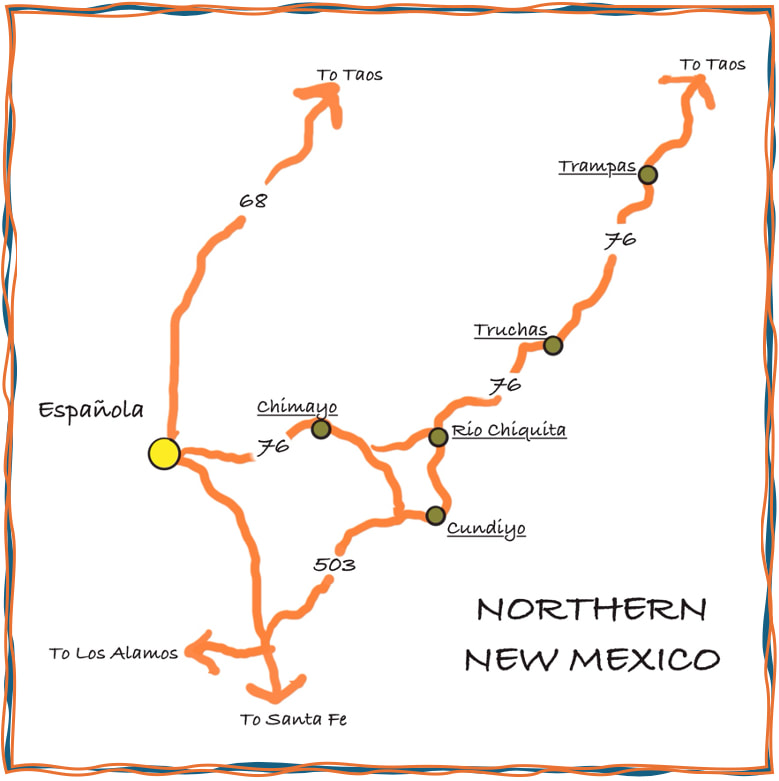
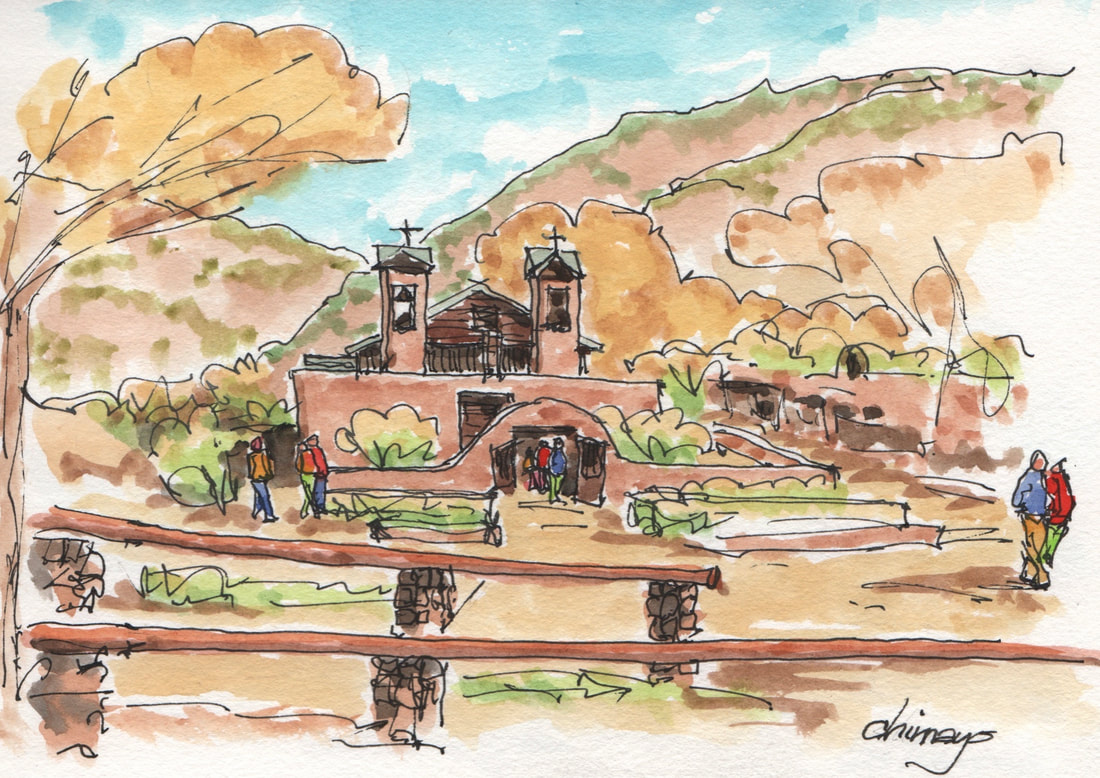
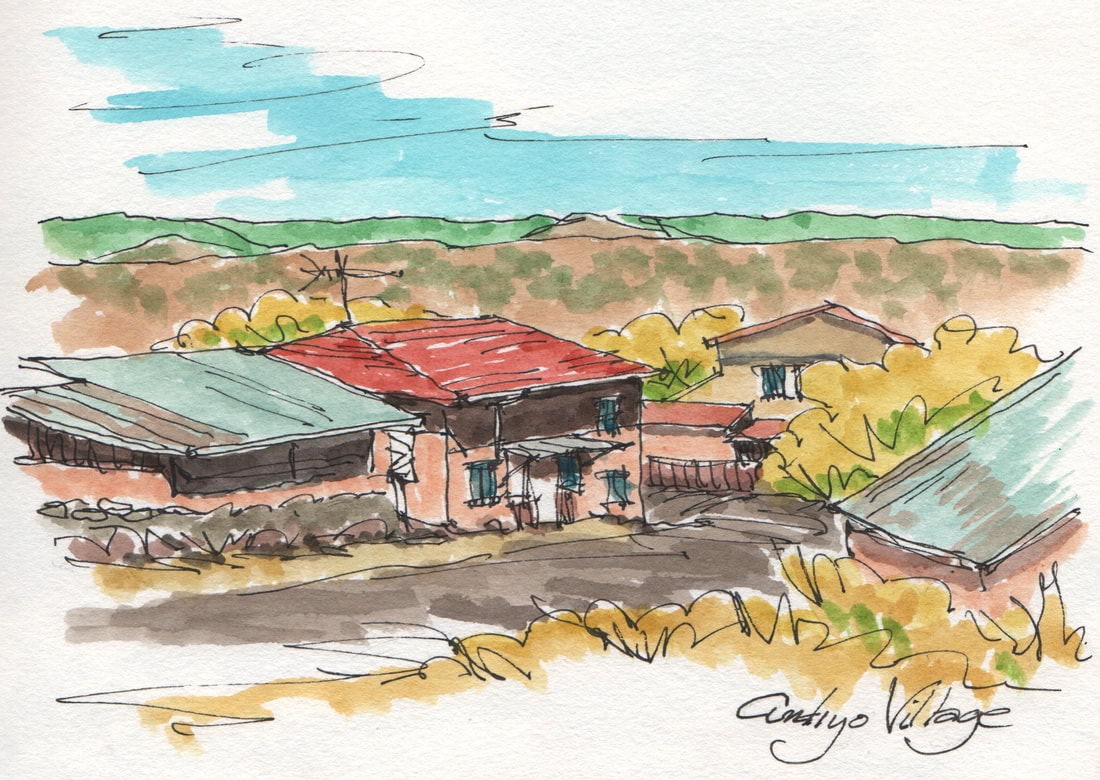
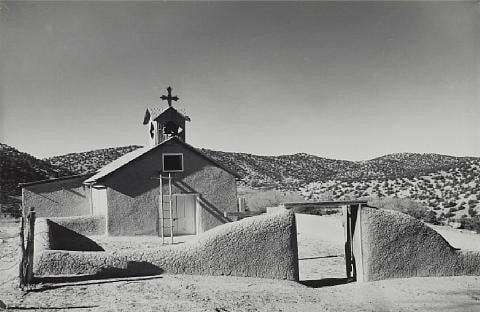
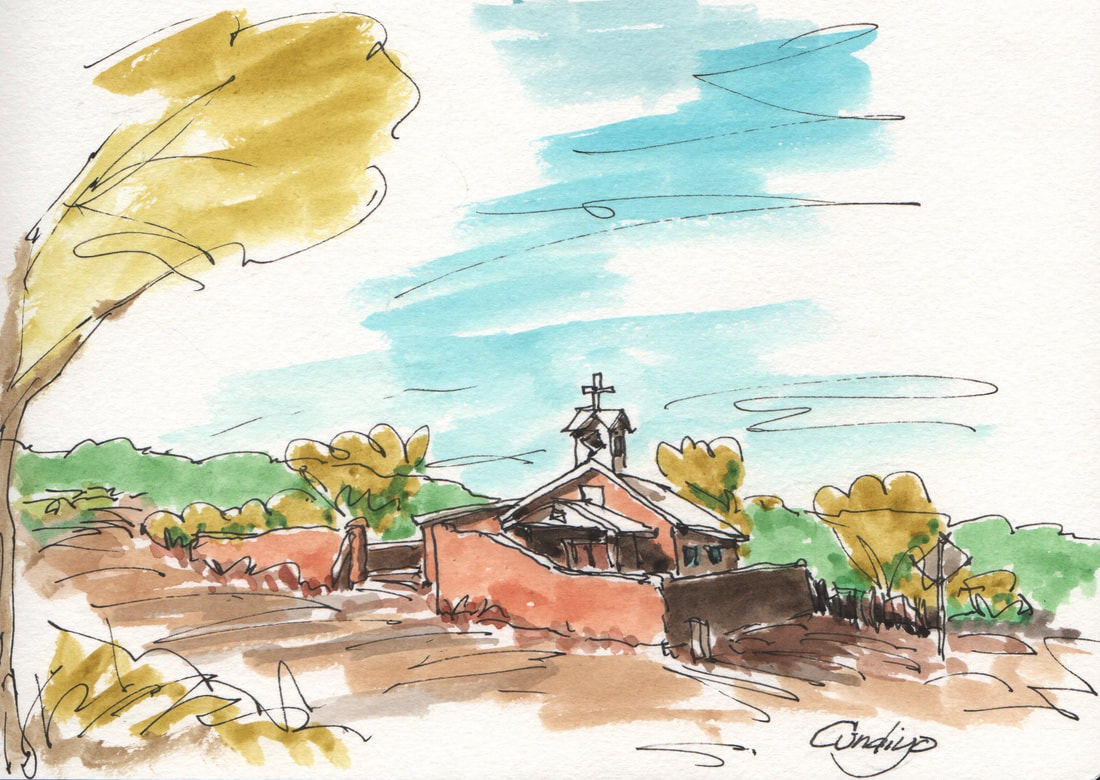
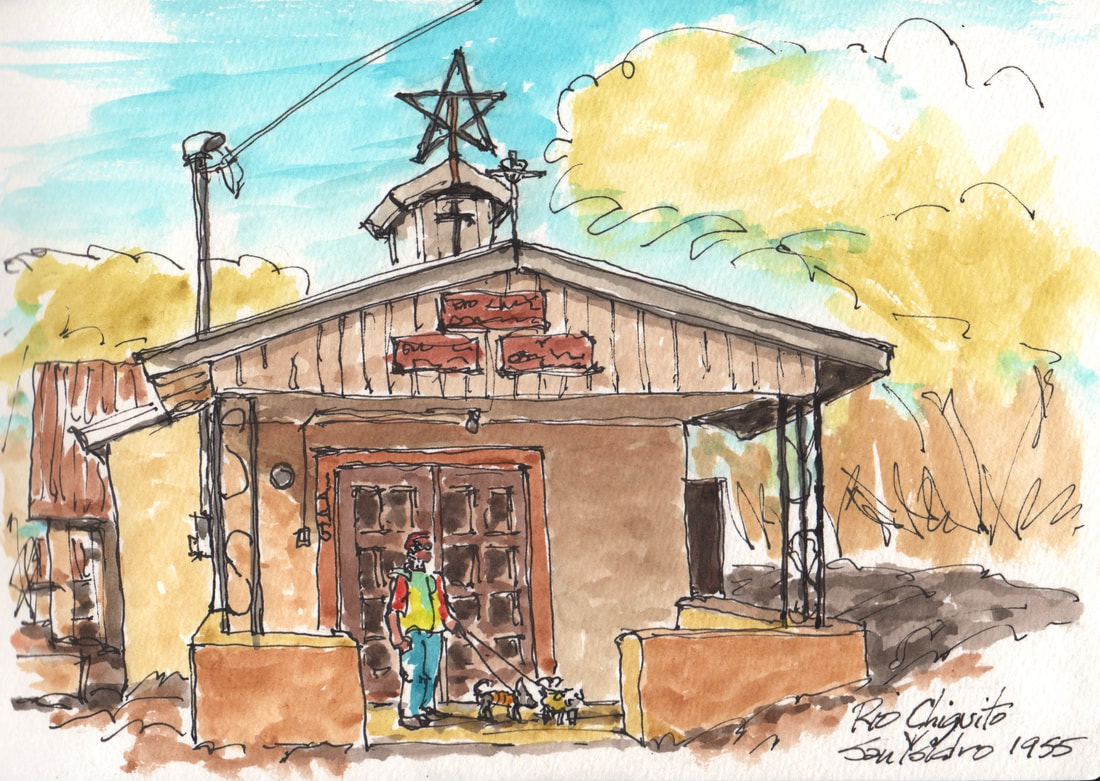
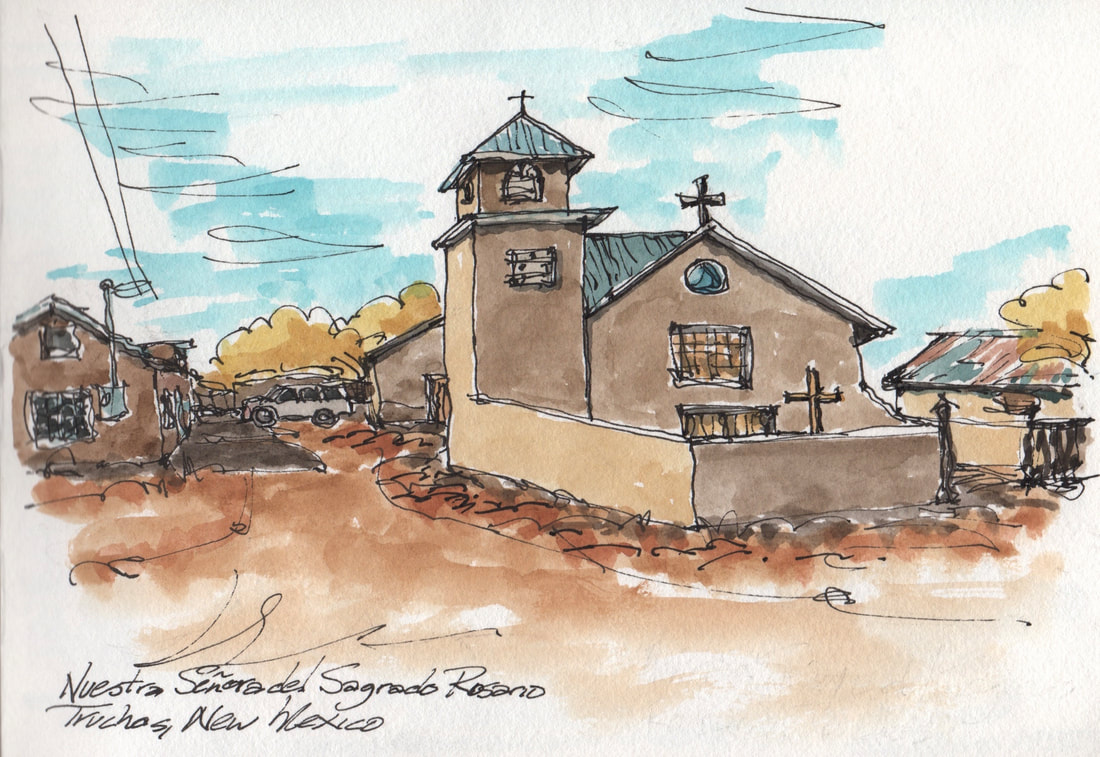
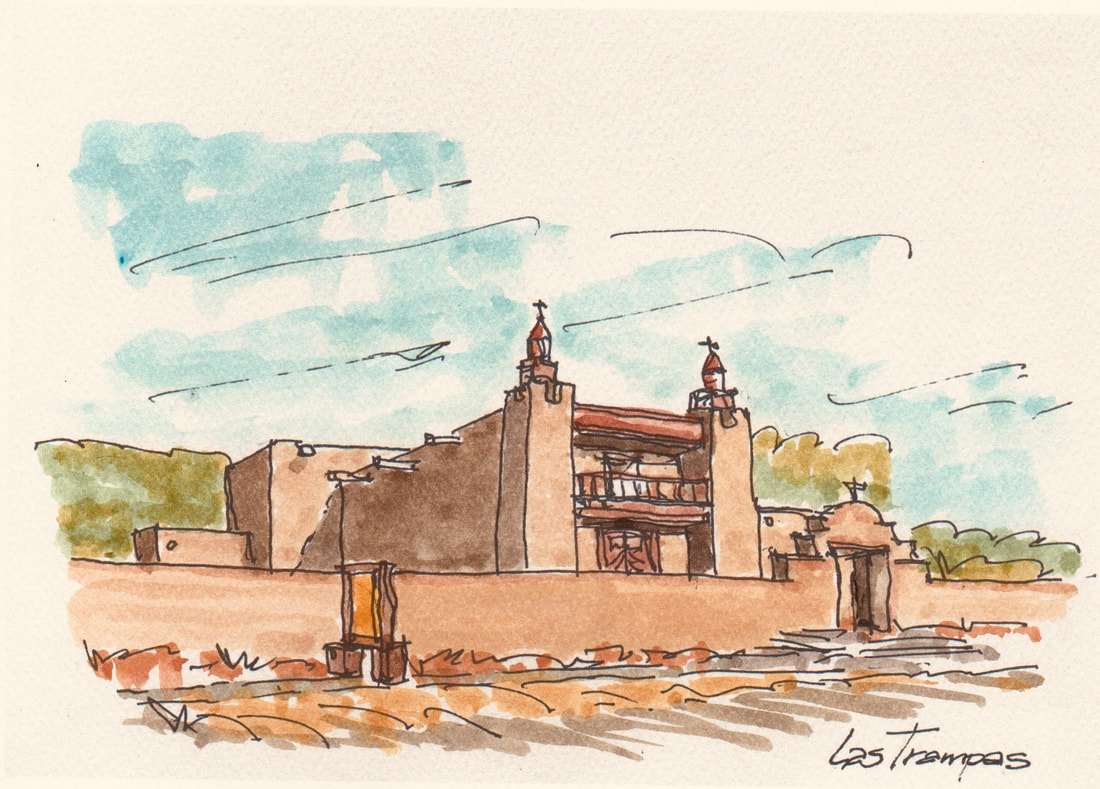
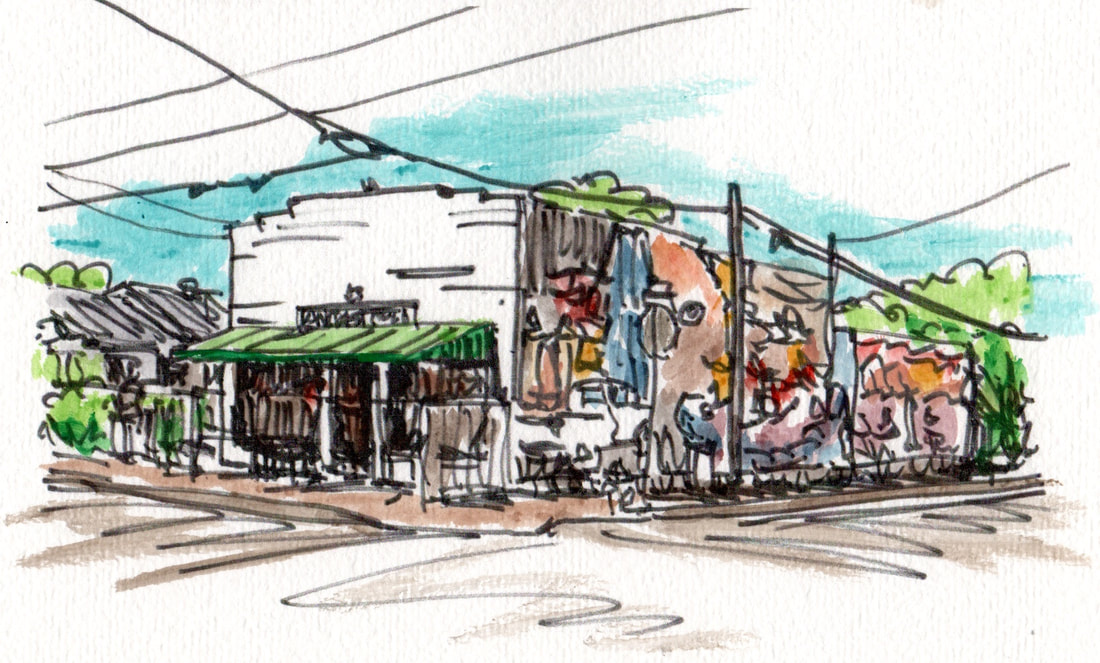
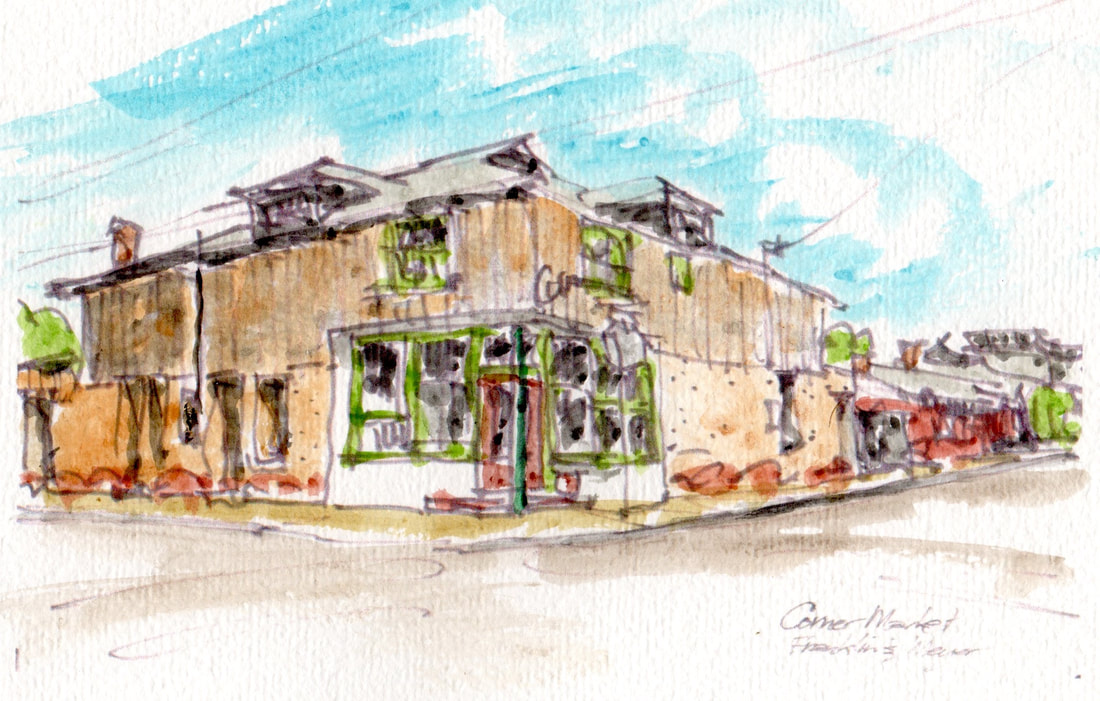
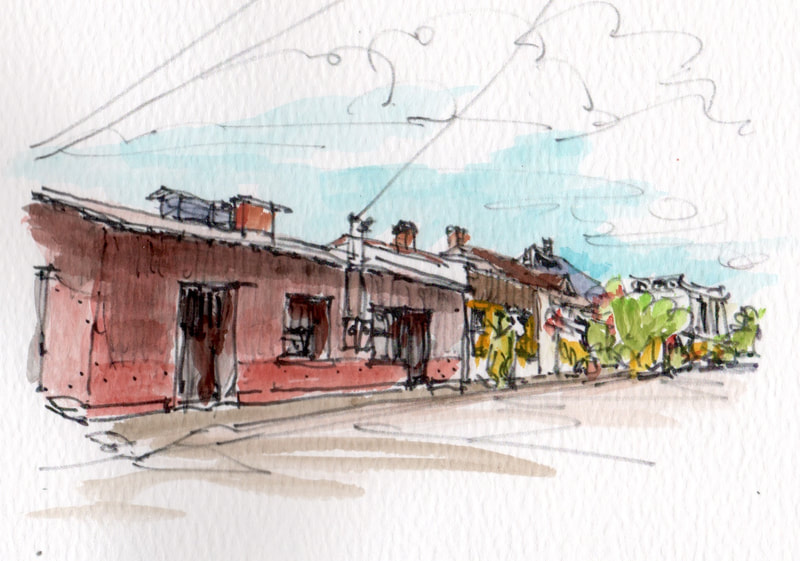
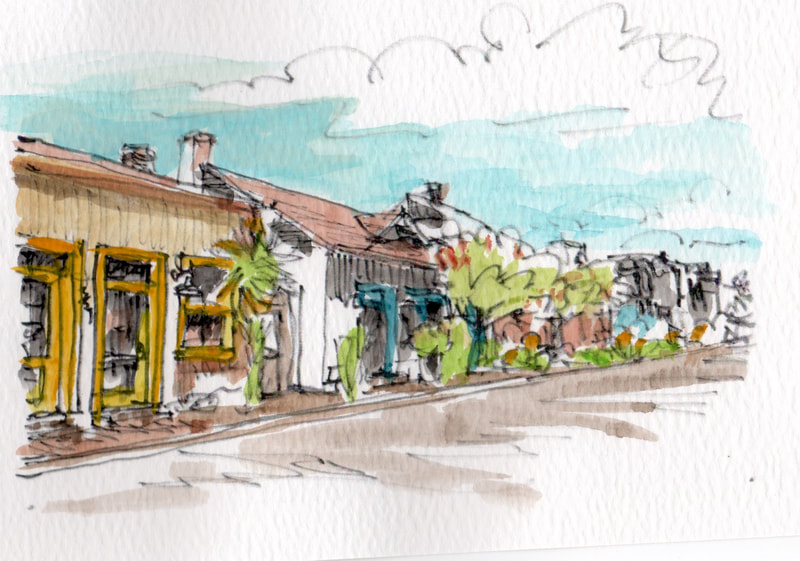
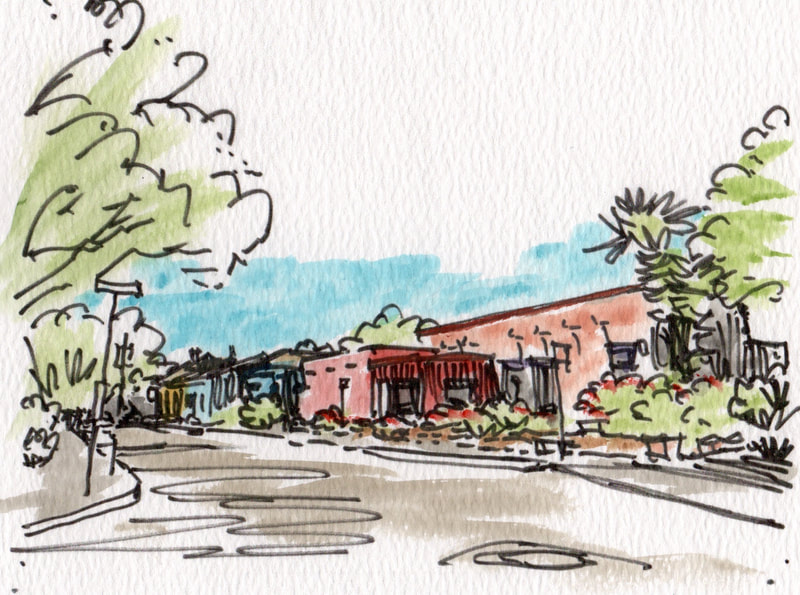
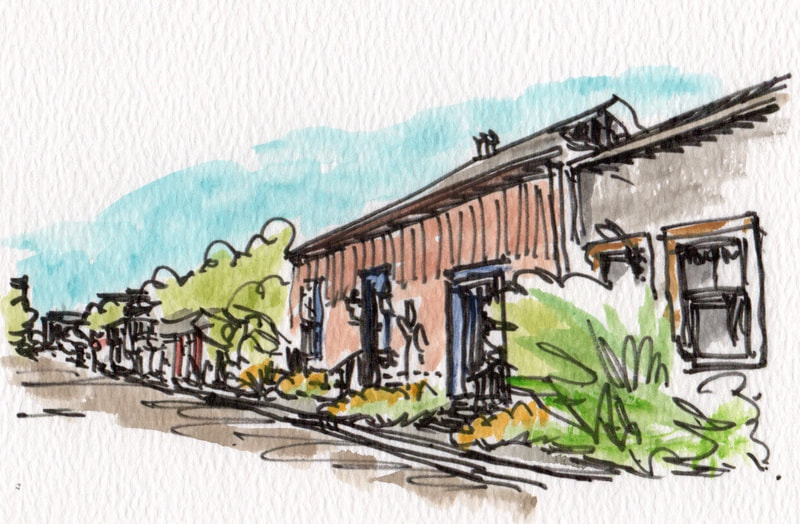
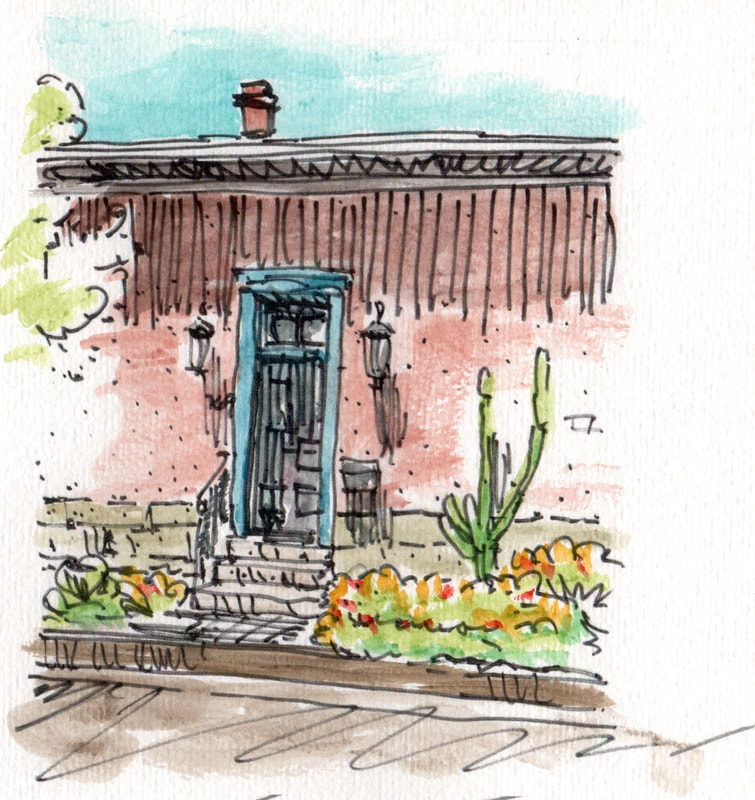




















































 RSS Feed
RSS Feed